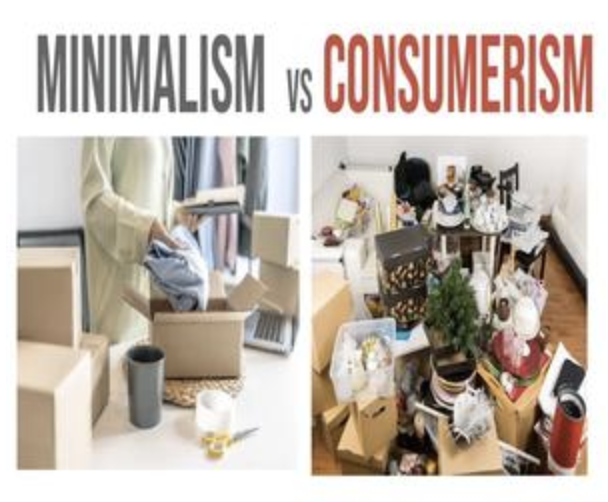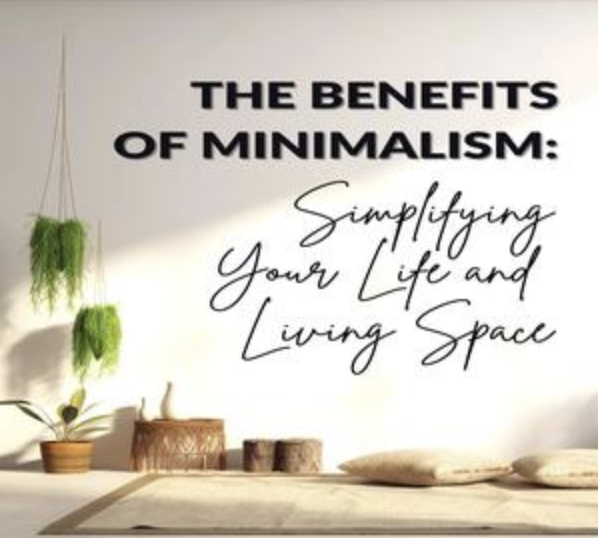For individuals who spend a lot, the decision between embracing consumerism or minimalism goes beyond simply choosing to spend less or more. Instead, it revolves around ensuring that spending is in line with their long-term values and financial aspirations. It’s important to examine the often-overlooked effects of their purchases to determine whether an item is worth the investment.

Consumerism: More Than Just "Obtaining More"
Pro: Building a Collection with Meaning
When approached thoughtfully, consumerism allows you to create collections that not only reflect your personality but can also increase in value, such as unique vintage watches, exclusive art pieces, or custom-made luxury furniture. These items transcend mere ownership; they serve as real assets that can appreciate over time, all while enhancing your way of life.

Con: The "Hidden Costs" of Upkeep
When you invest in high-end items, you often face ongoing maintenance expenses—consider the charges associated with storing a luxury car collection, insuring rare jewelry, or restoring antique artworks. These costs can silently diminish your wealth, reallocating money that could be used for investments in areas like private equity or real estate.
Embracing minimalism allows you to reduce unnecessary spending on trendy yet fleeting products (such as seasonal designer apparel or flashy tech gadgets). The money saved can be redirected towards high-yield opportunities, like investing in a promising startup or purchasing a vacation home that generates rental income.
Con: Overlooking Experiential Worth
Strict adherence to minimalism might result in forgoing purchases that provide intangible, lasting value—like creating a custom home theater for family gatherings or taking a private cooking class with a Michelin-starred chef. These memorable experiences enrich life in ways not reflected by asset value alone.
Deciding: Is the Purchase Aligning with Value?
Tip: Consider "Long-Term Significance"
For a pricier item, reflect: Will it still be important to you in five years? A well-crafted designer handbag that maintains its style or a high-quality camera for a lifelong photography pursuit would likely be yes. In contrast, a trendy smart speaker or a one-off fashion item would likely be no.
Tip: Assess the "Opportunity Cost" of Your Wealth
Every purchase utilizes funds that could yield growth elsewhere. For instance, investing in a $50,000 luxury vehicle might mean missing out on a $100,000 return from a two-year investment. Individuals with substantial wealth should focus not just on the item, but on its influence on future financial growth.
Select items that fulfill both practical needs and asset-building potential—like an upscale home office setup that enhances productivity (leading to higher earnings) while using sturdy, aesthetically pleasing furnishings that retain their value.
Strategy: Rotate, Don’t Accumulate
Rather than regularly purchasing new items, opt for rotating high-quality goods—such as chartering a luxury yacht for a getaway instead of buying one, or swapping designer accessories with trusted friends. This approach allows you to enjoy luxury without the burden of long-term ownership expenses.
An ongoing pursuit of new acquisitions can divert you from essential wealth-building objectives, like saving for retirement or supporting a family business. Over time, this distraction may hinder sustainable financial growth.
Opportunity: Minimalism’s "Purposeful Clarity"
By trimming excess spending, you gain insight into what truly matters, whether that’s investing in experiences with loved ones or backing meaningful causes. This focus not only bolsters wealth but also enhances overall well-being.








